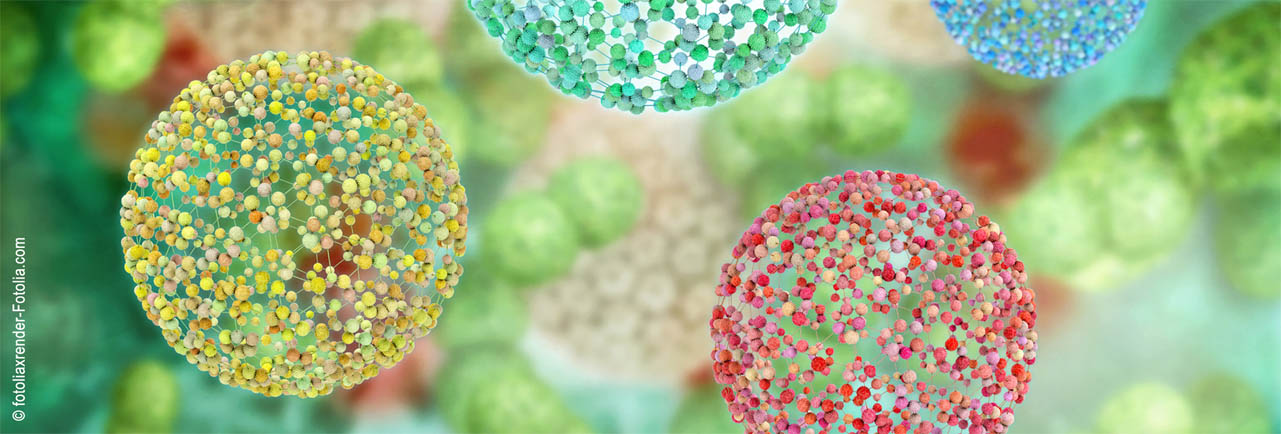Speaker
Description
Scattering experiments are a powerful way to probe the evolution of the microstructure in heterogeneous materials, for example, immiscible polymer blends. In spinodal decomposition – the process of spontaneous demixing following a temperature or pressure change – information about the microstructure can be deduced from measurements of the scattering intensity (Higgins & Benoit, 1994). While the time evolution of the scattering intensity can be measured relatively easily, modelling it has proved to be much more difficult (Akcasu et al., 1992). Embracing this duality, we model the time evolution of the scattering intensity in simulated polymer blends using dynamic mode decomposition (Brunton & Kutz, 2016), a data-driven modelling algorithm. We assess the accuracy and range of the predictions and investigate the parameter choices required to build good models. Our findings suggest that dynamic mode decomposition could be used practically and effectively to make future predictions of the scattering intensity in an experimental setting.
Higgins, J.S. & Benoit, H.C. (1994), Polymers and Neutron Scattering, Oxford University Press
Akcasu, A.Z. et al. (1992), Theoretical and Experimental Study of Dissolution of Inhomogeneities Formed During Spinodal Decomposition in Polymer Mixtures, The Journal of Chemical Physics, 97(8):5782-5793
Brunton, S.L. & Kutz, J.N. (2016), Dynamic Mode Decomposition, SIAM

